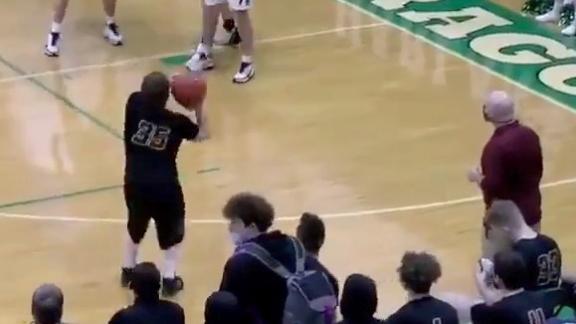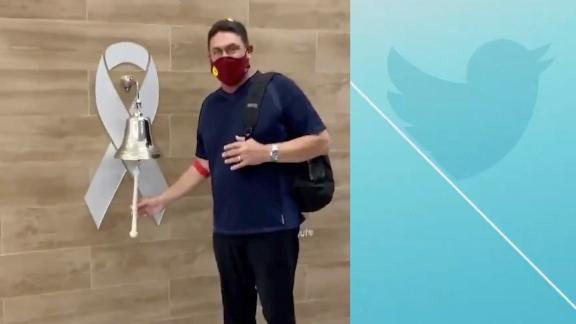Thirty years ago, BMX Freestyle originator Bob Haro set out to create a frame and fork under the Haro name that was dedicated to expanding the new realm of BMX riding that Haro was innovating. After a summer tour in which Haro covered almost 18,000 miles, Haro returned to California and pitched the idea to his frame sponsor, Torker.
That frame and fork set became the Haro Freestyler, the first frame and fork set designed specifically for freestyle riding, featuring a double top tube that would allow for riders to balance on different parts of the bike. And it's safe to say that without the creation of that frame and fork, I wouldn't be writing this right now and BMX wouldn't be a part of the X Games. Well, maybe it would, but it got there in part thanks to Bob Haro's revolutionary frame design.
Haro soon left Torker and entered the bike business under the name Haro Designs, which grew exponentially throughout the '80s into one of the most respected BMX race and freestyle brands on the planet. Haro sold the brand in 1988 and remained as a consultant through 1993.
In the '90s, the face of Haro BMX's program changed to that of Dave Mirra and Ryan Nyquist. The brand continued to evolve with the riding and technology of the times, but things felt different. The Blammo was not the Master, and everything from graphics to huge down tubes didn't necessarily reflect the heritage of the brand.
Double top tubes went away.
Times changed, and Haro remained at the forefront of BMX freestyle. Several years ago, and separate from Haro, the iconic mid '80s Haro team started to reunite for demos that channeled the glory days of Haro. Those demos gave light to an older generation of BMX freestyle riders and collectors that continued to celebrate the early days of BMX freestyle.
According to Haro's Joe Hawk, "I'm a bit ashamed to say that Haro had little to do with the success of the 2009 Demo and all of the exposure that it received. It was a bit of a wake up call albeit a slow one for the company. We completely underestimated size and importance of the collector market as well as the undercurrent of love for this brand, and its creator Bob Haro."
Haro as a brand began to reflect on the company's roots. But instead of fixating on the original founding date of 1978 (when Bob Haro started manufacturing his own number plates), they approached the year that the Haro Freestyler was released: 1982, thirty years ago this past summer.
Last week, after running into Jason Enns and Mike Escamilla at the Hard Rock Hotel in Las Vegas, we stumbled onto a Haro dinner attended by many of the legendary Haro riders, in addition to former Dyno rider Dave Voelker. Haro was awarding chrome-plated limited edition reproductions of the first generation Haro Freestyler frame and fork to riders such as Mat Hoffman, Brian Blyther, Ron Wilkerson and more. The frames were produced entirely in the United States, using U.S made 4130 chromoly tubing, and referencing the original Torker produced blue print for authenticity and historical accuracy.
300 were made, and some will be available for sale to the general public (it's $995 USD on a first come first serve basis). Earlier today, Haro unveiled a new "history" feature on their website discussing the project, the details of the reproduction, and many more things that dedicated BMX collectors and nostalgia buffs will enjoy.
Haro continues to evolve as a brand, and with this new project, the brand has come full circle to embrace their roots. The double top tube has returned.




